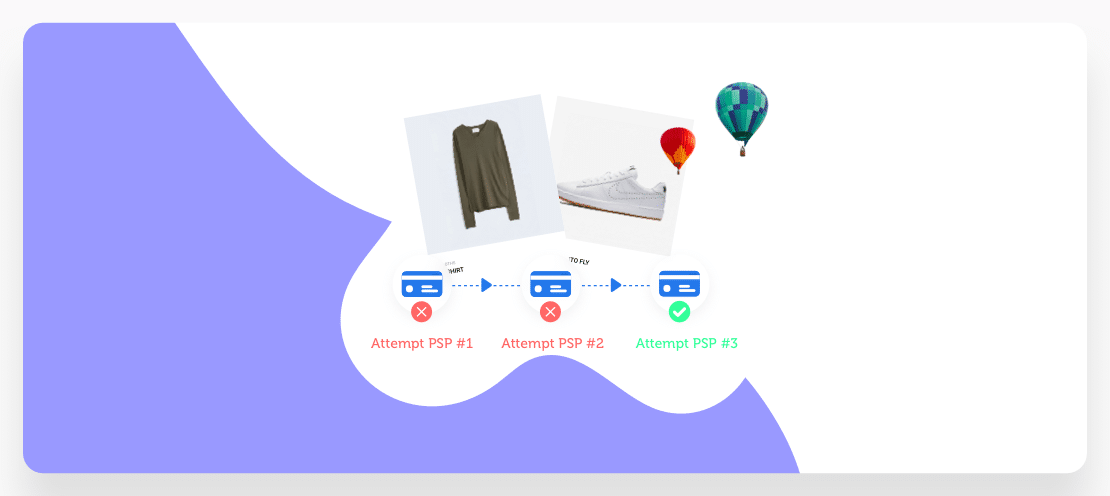BridgerPay is the world’s first payment operations platform, built to automate ALL payment flows, empowering ANY business.
Online Merchants Lose 62% of Customers Who Experience a Failed Transaction

This shocking statistic highlights the importance of having a high-quality payment solution for e-commerce sites.
Research shows that 62% of customers who experience a failed online transaction will not return to the same website to try again.
This shocking statistic highlights the importance of having a high-quality payment solution for e-commerce sites.
Online stores that are able to reduce the number of failed transactions will consequently increase their sales, as well as customer satisfaction.
Payment failure can happen from both the merchant’s end and the customer’s end. Customers most often experience failed transactions due to a faulty internet connection, entering incorrect financial information, or lack of sufficient funds.
Unfortunately, there’s not much online merchants can do about any of those. The good news is, there is an easy solution for payment failures on the merchant’s side.
Why do online transactions fail?
To the average consumer, completing an online transaction is as simple as the click of a mouse or the tap of a screen. Behind the scenes, however, is an extremely complex process that takes place in seconds. Consumers only realize that things aren’t so simple when a transaction fails. Here are some of the most common reasons for transaction failure.
- Downtime and/or maintenance. Online payment processing is meant to be operational 24/7 with no exceptions, but the fact is that many processors experience downtime or need to be tweaked for maintenance. In July 2019, for example, Stripe experienced nearly 2 cumulative hours of downtime in one day, which meant that companies that used Stripe could not accept payments during that time. While that instance was quite rare, it can happen again and more frequently unless companies take precautions to prevent it.
- Security. Consumers usually have online spending patterns, and banks often trace their patterns and use them to detect security threats and fraud. If a consumer spends a lot more than usual or tries to complete the transaction when they’re in another country, the bank may not authorize it. This will lead to the dreaded message that the transaction has failed.
- Failed Payment Process. Payment processing consists of multiple steps that include the money leaving the customer’s account and getting deposited into the merchant’s account. The customer chooses their method of payment and the data is sent to the payment gateway and then the card network. All the information needs to be authorized and verified by the customer’s bank (see above). The amount is transferred to the acquiring (merchant’s) bank, and only then to the merchant’s account. If there is an issue with any one of these steps, the transaction fails.
One Solution to Many Problems
BridgerPay is keenly aware of the challenge of failed transactions and has designed a payment solution to address it.
One feature of its solution is Retry technology, which automatically retries a transaction through various payment providers to make sure the transaction goes through.
Equiti Group, an authorized global trading broker, recently reported a 30% increase in global deposit approvals by using BridgerPay’s Retry feature. Its approval rate is now between 10% to 20% above the industry norm.
Additionally, BridgerPay partners with a huge number of payment methods and supports 39 currencies, including cryptocurrencies.
If a customer doesn’t have enough funds in one account, they can seamlessly choose a different one. Additionally, merchants can designate their desired route and cascading order for any transaction.
Volumes can be customized according to payment solutions, countries, and currencies, solving the issue of global orders and also reducing the rate of failed transactions.
Merchants that are able to minimize failed transactions can benefit from increased sales and returning customers.